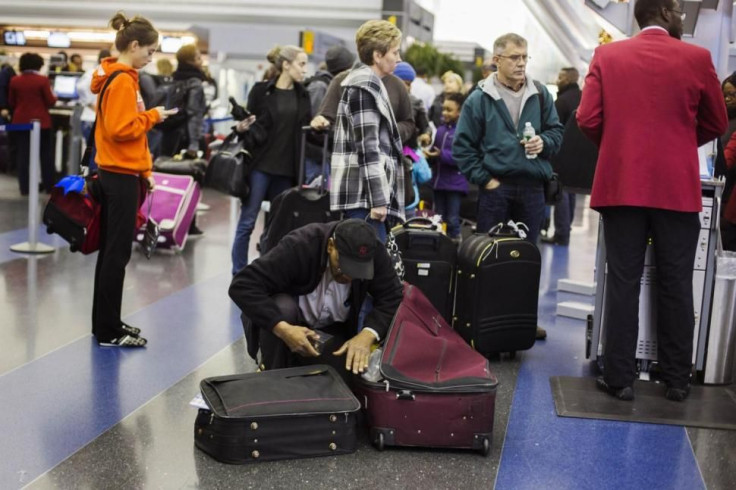Are Expedited Airport Screenings Safe? US Accountability Office Questions ‘Behavioral Indicators’ As Effective Way Of Screening Air Travelers

Sweaty palms? Check. Exaggerated yawning? Check. Gazing down to the floor? Check.
These are some of the so-called behavioral indicators U.S. air travel safety agents use to determine whether air travelers merit extra security screening as they board flights, or whether they can pass through security without removing their shoes and doing other things that slow down air travel.
But a recent review of measures used by the U.S. Transportation Safety Administration (TSA) calls into question whether these behavioral red flags are effective in guarding against terrorist mayhem in the skies.
The TSA has “not demonstrated that behavioral indicators can be used to reliably and effectively identify passengers who may pose a threat to aviation security,” the Government Accountability Office (GAO) said during the U.S. Travel Association’s National Travel and Tourism Week, which ends Sunday. “TSA is taking steps to revise and test the behavior detection program, but the issue remains open.”
The TSA’s so-called Managed Inclusion program allows some selected travelers to pass through the TSA precheck program, which deems them “low-risk.” Those passengers are randomly selected after canine units give a pass to their luggage and “Behavior Detection Officers” determine travelers to be safe by scrutinizing their behavior.
These passengers don’t have to remove their shoes, light outerwear and belts when they pass through airport screening. They’re also allowed to carry liquids into boarding areas, and they don’t have to take out their laptops from baggage. The GAO says that in a survey of travelers taken during a one-week period earlier this year, about half of U.S. domestic air travelers were allowed expedited screening through the Managed Inclusion program. But, the GAO says, the TSA has yet to test the effectiveness of its security measures, including its behavioral detection measures.
© Copyright IBTimes 2024. All rights reserved.






















